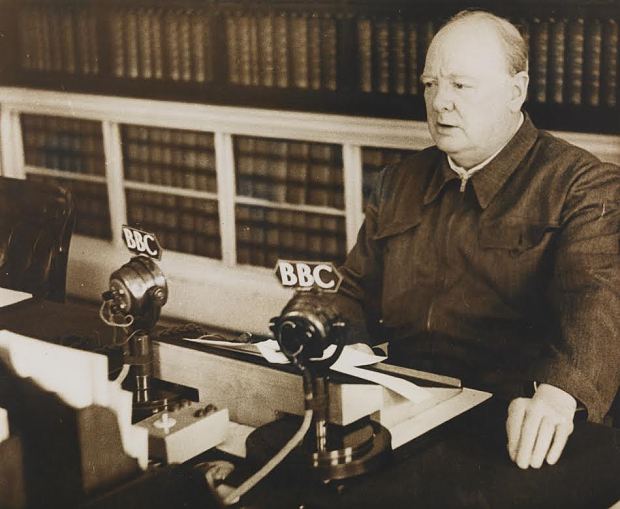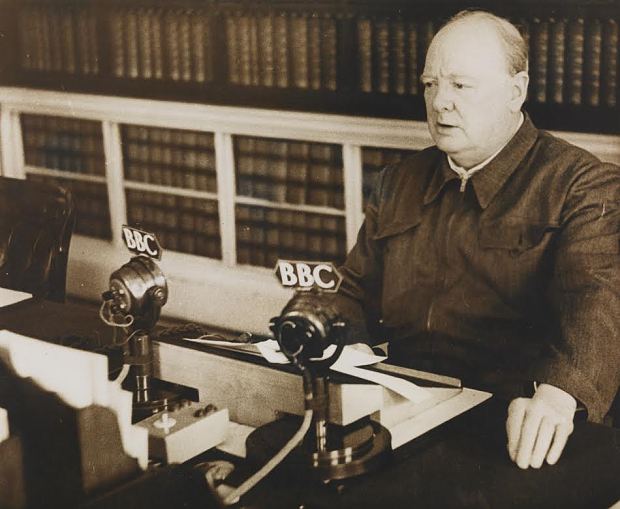Few of us would automatically connect British war time Prime Minister, Winston Churchill with his contribution to science. But a new exhibition at London’s Science Museum is set to reveal and celebrate just that. ‘Churchill’s Scientists’ tells the story of how his interest, support and backing of science helped to form the technological revolution over the past Century.
Much of this science is based on warfare; however the means by which a country protects itself often flows over into technological innovation for the masses, as well as ensuring that the Allied forces were successful in both the First and Second World War.
Churchill’s role as parliamentarian and Prime Minister over many years meant he could establish and fund scientific research that brought about such inventions as the telescope, nuclear power and robotics, in addition to furthering understanding of molecular genetics. He even had a scientific advisor, which was a first for any world leader. His belief and commitment to science was unfounded, and he obviously saw the answer to victory in war in the discipline.
War time science was sensibly backed by Churchill, but it wasn’t until after the war that many technologies and advances were made, such as discoveries in DNA and nerve signals and x-ray technology.
More well-known for his authorship of numerous novels and articles, it is interesting to note that an inherent interest in science fiction, and a love of the imagination and ‘what might be possible’ fostered his enthusiasm for science. He wrote articles with titles such as ‘Are there men on the moon?’ and took part in science itself, by establishing various projects across the UK to investigate dreamed up, almost boy-hood fantasy projects, but most never got underway. These attempts at science, nevertheless, do show that even though war time was upon Churchill and his country, there was a belief in or view of hope for what science could potentially achieve – the impossible.
Some of these projects did come to fruition, with the idea of the battle hardy tank thought come from H.G.Wells’ story, ‘The Land Ironclads’. He was one of the first notable people to talk about atomic weapons and saw the potential for a nuclear energy, The Telegraph reports.
While Churchill’s schooling was sketchy, since he was travelling and living abroad with his parents, it is known that he was widely read and took his interest in science at an early age. Churchill went on to be a Nobel Prize for Literature winner,and founded Cambridge’s Churchill College for science and technology.
The exhibition begins on 23rd January 2015 at the Science Museum, London commemorating 50 years since he died. For more information, check out: http://www.sciencemuseum.org.uk/

